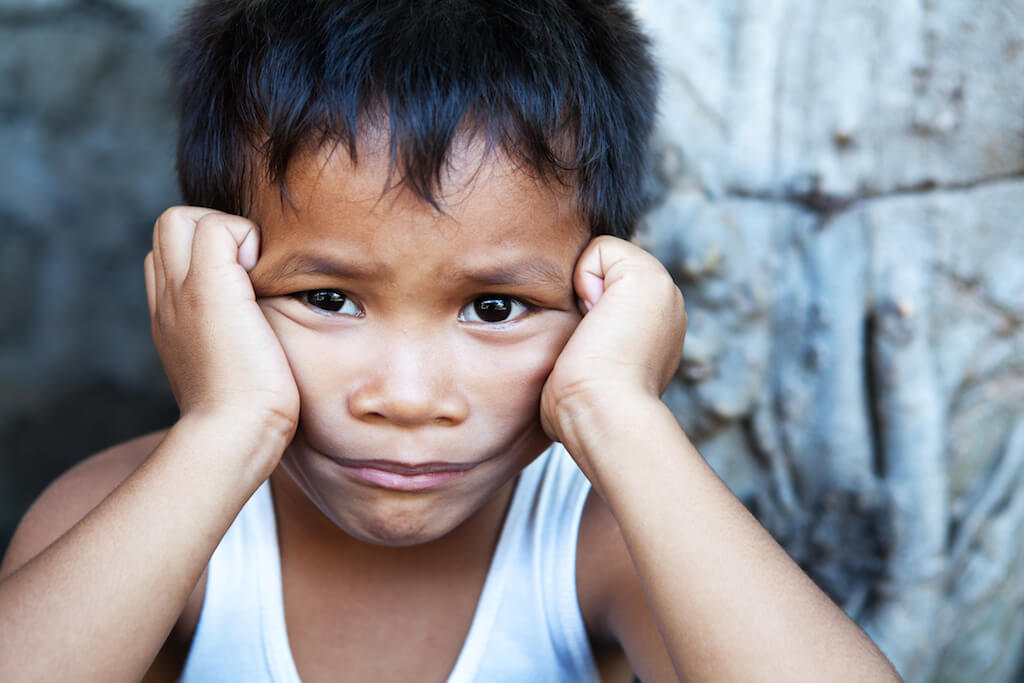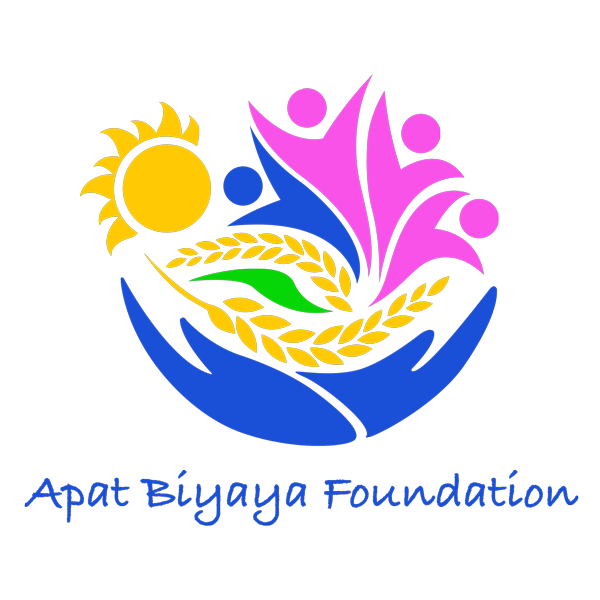
18 Sep Education for the Marginalized Filipino Child
It is said that the Philippines was home to the first modern public schooling system, the oldest universities, colleges, and vocational schools in Asia, however this has not yet translated into improved basic educational standards for its marginalized children.
A large number of children from poorer households remain illiterate even after completing four years of schooling, and less than half of children have basic literacy and math skills. Teacher absenteeism is systemic, hampering learning, particularly for the disadvantaged.
Dropout rates are high. In many poor communities, the lack of textbooks, uniforms and supplies often force children to drop out of school, as these expenses can easily consume a substantial percentage of a poor family’s income. Quality education is lacking and learning standards are low. For those already in school, the education they receive does not prepare them adequately for their eventual transition to later learning and meaningful livelihoods.
